In the coastal regions of Karnataka, India, a centuries-old tradition is experiencing a remarkable resurgence. Kambala, the traditional buffalo racing sport, once on the brink of extinction, is now reclaiming its place in the cultural tapestry of the region. This revival story is not just about preserving a sport; it's about rekindling community spirit, honoring agricultural heritage, and adapting ancient practices to modern times.
The Golden Era of Rural Entertainment
Half a century ago, in an era when mass entertainment was scarce, rural India thrived on its own unique forms of communal gatherings and festivities. In the coastal Karnataka region, these included full-night Yakshagana performances, weekly Santhe (local markets), the winter buffalo races known as Kambala, and the summer Rathotsava (chariot festivals). These events were more than mere entertainment; they were the social glue that bound communities together, providing rare opportunities for large gatherings and shared experiences.
For many who grew up in this region during that time, these traditions were an integral part of life. Most families were engaged in agriculture, with households commonly owning a pair of buffaloes, a wooden boat, and sometimes even a bullock cart. These were not just tools for livelihood but also symbols of a way of life deeply connected to the land and its rhythms.
Kambala: The Pride of Coastal Karnataka
Among these traditions, Kambala held a special place. This buffalo racing event, typically held between November and February after the busy agricultural season, was a celebration of the region's agricultural prowess and the bond between farmers and their animals. Places like Yedthadi, Vandar, Handadi, and Manur became synonymous with prestigious Kambala events.
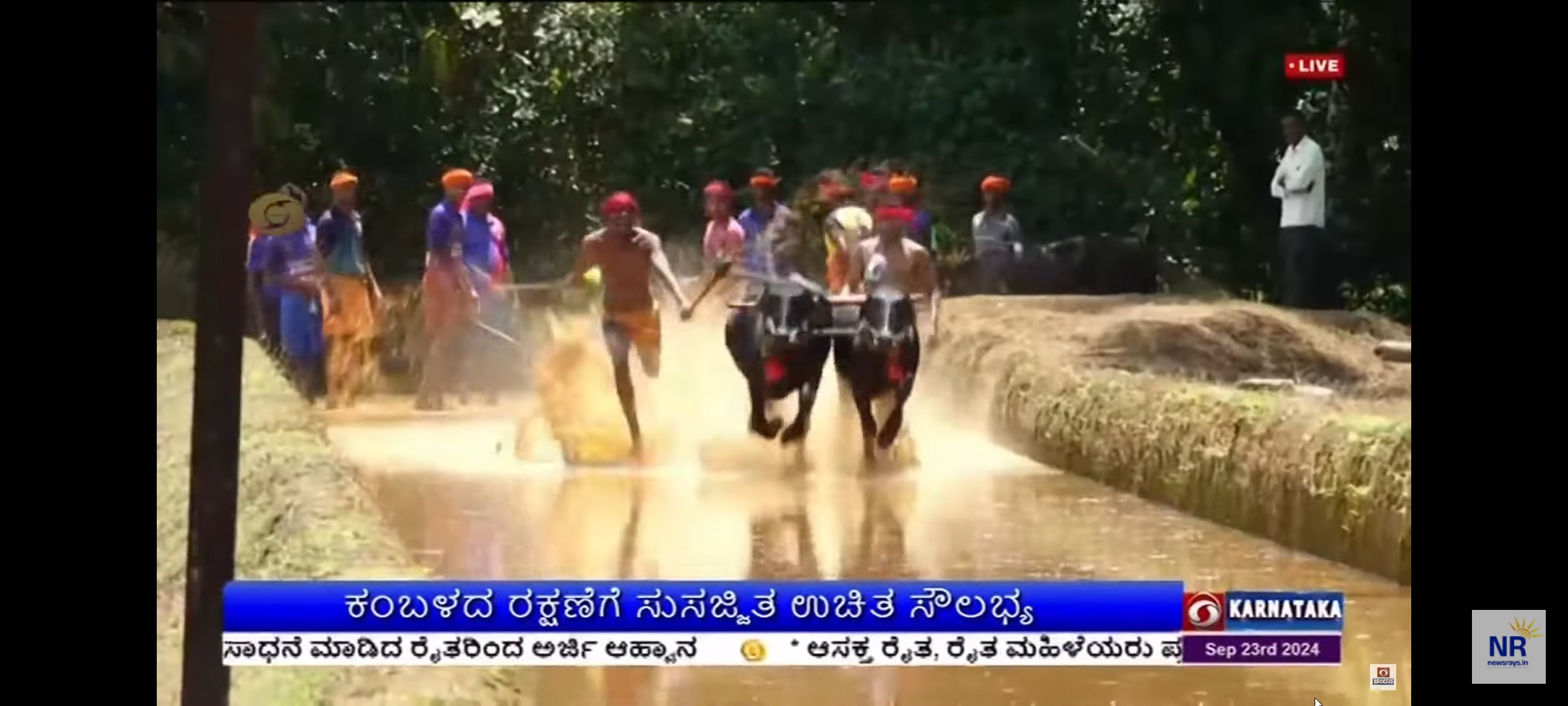
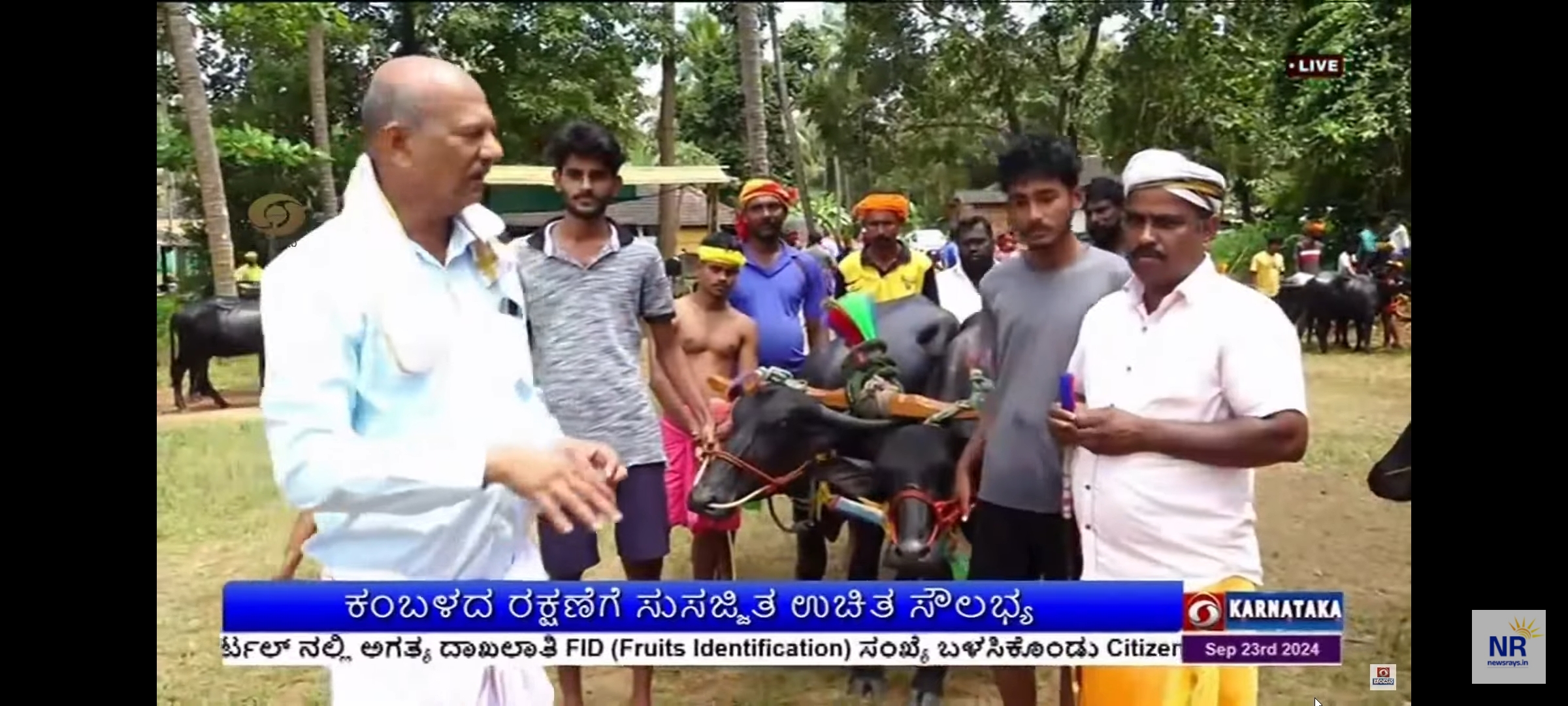
In Barkur alone, a small town in coastal Karnataka, there were once as many as three or four Kambala Gadde (racing tracks). Locations like Hanehalli, Hosala, Halekody, and Sankadi hosted these events, often organized by local zamindars and aristocratic families. It was a time when Barkur boasted around 400 pairs of buffaloes, a testament to the centrality of these animals in both agricultural and cultural life.
The Essence of Kambala
Kambala is more than just a race; it's a spectacle that embodies the spirit of coastal Karnataka. Pairs of buffaloes, guided by skilled handlers, race through muddy tracks, creating a thrilling display of speed and strength. The event is accompanied by local music and dance, transforming it into a full-fledged festival that draws large crowds and fosters a sense of community pride and togetherness.
The sport requires immense skill from both the handlers and the buffaloes. Participants use whips to guide their animals, showcasing a deep understanding and connection between man and beast. This symbiotic relationship, cultivated through years of working together in the fields, finds its ultimate expression in the Kambala arena.
The Decline and Near Disappearance
As modernization swept through India, many traditional practices began to fade. Barkur, once teeming with buffaloes, saw their numbers dwindle to nearly zero. The sight of these majestic animals plowing the fields became increasingly rare. This decline was not just a loss of livestock; it represented a fundamental shift in the agricultural practices and lifestyle of the region.
The reasons for this decline were multifaceted. Mechanization of agriculture, changing economic patterns, and a shift away from traditional farming practices all contributed to the decreasing relevance of buffalo rearing. As a result, Kambala, which was intrinsically linked to this agricultural way of life, also began to lose its prominence.
The Renaissance: Mr. Barkur Shantharama Shetty's Vision
Just when it seemed that Kambala might become a relic of the past, individuals like Mr. Shantharama Shetty stepped forward to revive this cherished tradition. Recognizing that younger generations had little to no exposure to such events, Shetty took it upon himself to reactivate and modernize Kambala, bringing it back into the limelight.
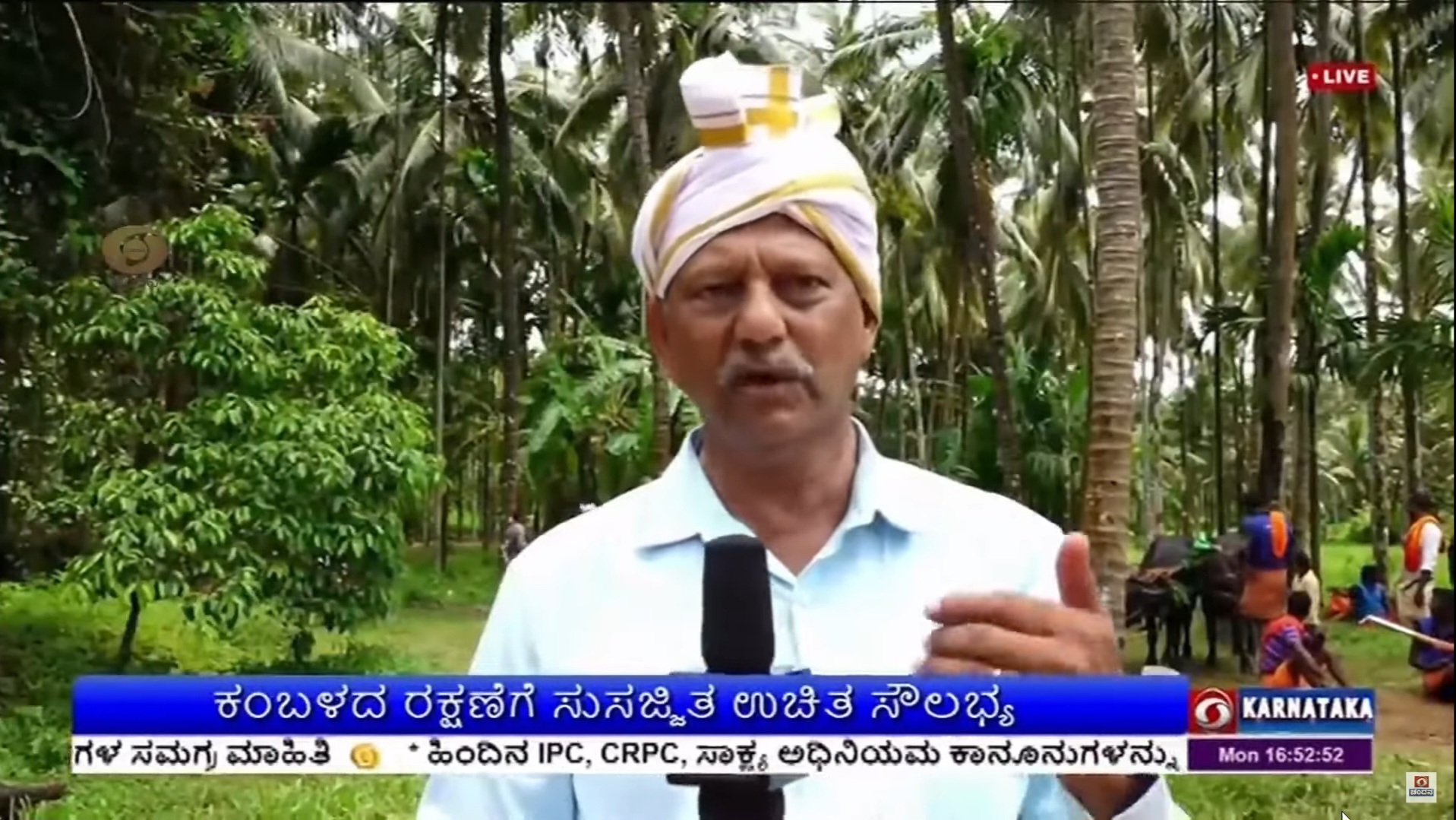
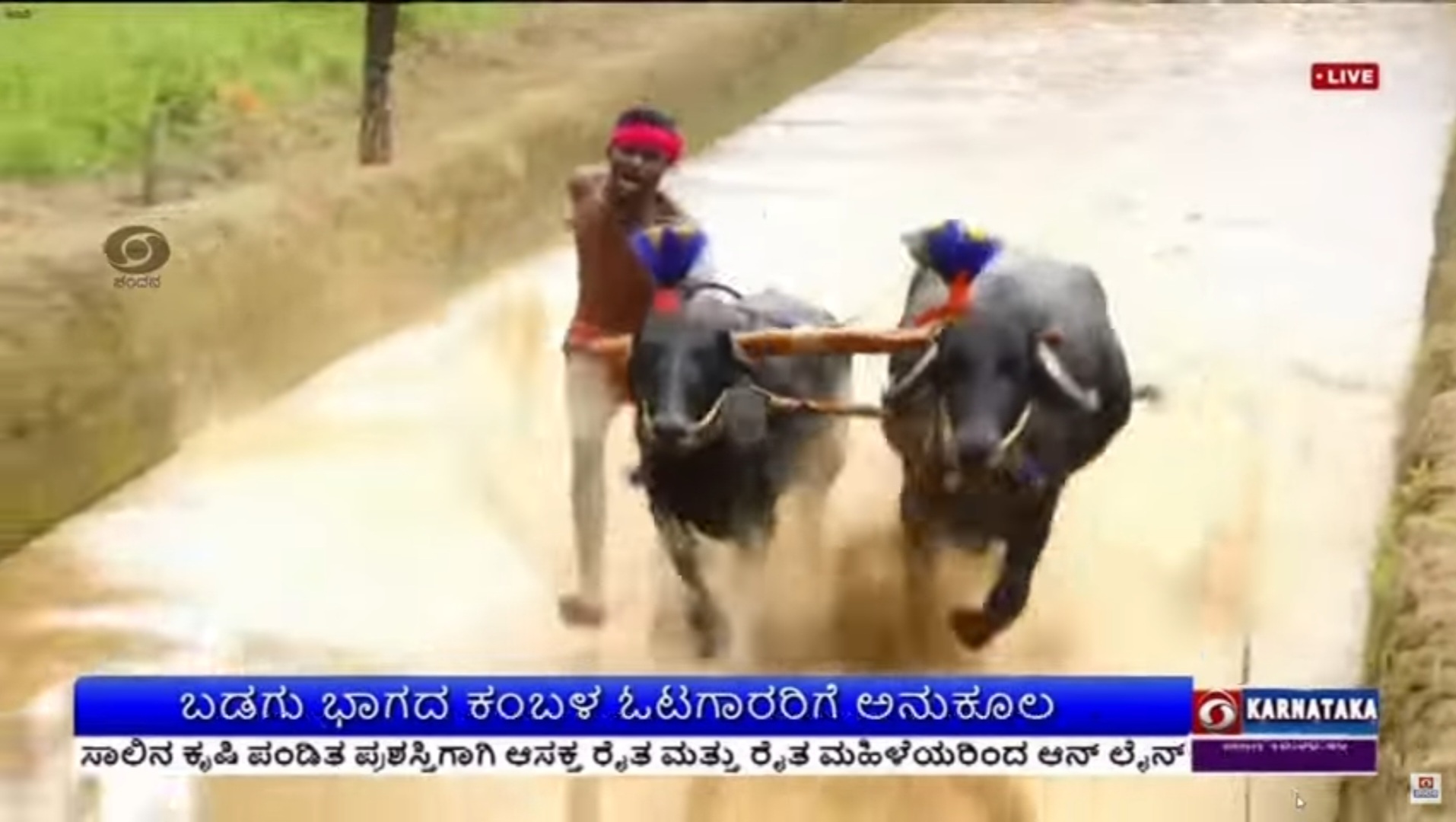
Shetty's efforts were not just about preserving a sport; they were about reconnecting a community with its roots. His vision involved adapting Kambala to contemporary sensibilities while maintaining its core essence. This delicate balance between tradition and modernity became the key to Kambala's revival.
The Kambala Training Track: A New Chapter
One of Shetty's most significant contributions was the establishment of a Kambala Training Track in Barkur. Located on the property of his brother-in-law, the late renowned Kannada film star Sunil Shetty, this facility became a beacon for Kambala enthusiasts across the region.
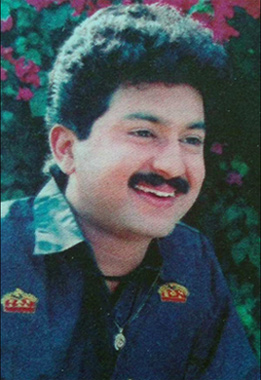
The training track serves multiple purposes:
1. It provides a dedicated space for training buffaloes, ensuring the continuity of skilled animals for the sport.
2. It offers a platform for handlers to hone their skills and techniques.
3. It acts as a community center, bringing together people with a shared passion for Kambala.
The success of this initiative is evident in the daily use of the facility by numerous Kambala enthusiasts. Buffaloes trained at this track have gone on to win many awards and prizes at various Kambala events, further cementing the importance of this training ground in the revival of the sport.
Recognition and Impact
The efforts to revive Kambala have not gone unnoticed. The Karnataka State Government, recognizing the cultural significance of this revival, honored Mr. Shantharama Shetty with the prestigious Rajyotsava Award for his dedicated service to Kambala. This acknowledgment at the state level has further legitimized the efforts to preserve and promote this traditional sport.
The revival of Kambala has had a ripple effect on the community:
1. It has reignited interest in traditional agricultural practices.
2. It has created a renewed sense of pride in local heritage among younger generations.
3. It has boosted rural tourism, with Kambala events drawing visitors from across the state and beyond.
Challenges and Future Prospects
While the revival of Kambala has been largely successful, it has not been without challenges. Concerns about animal welfare have led to discussions about regulation and ethical practices in the sport. Balancing these concerns with the preservation of tradition remains an ongoing challenge.
Looking ahead, the future of Kambala seems promising. With dedicated individuals like Mr. Shetty leading the way, and increasing support from both the government and the community, Kambala is well-positioned to continue its journey of revival and adaptation.
Conclusion
The story of Kambala's revival is more than just about the resurrection of a sport. It's a narrative of cultural resilience, community spirit, and the power of dedicated individuals to make a difference. As Kambala races continue to thunder across the muddy tracks of coastal Karnataka, they carry with them the echoes of a rich past and the promise of a vibrant future.
In an era of rapid globalization and homogenization of culture, the revival of Kambala stands as a testament to the enduring value of local traditions. It reminds us that in preserving our heritage, we not only honor our past but also enrich our present and future.
